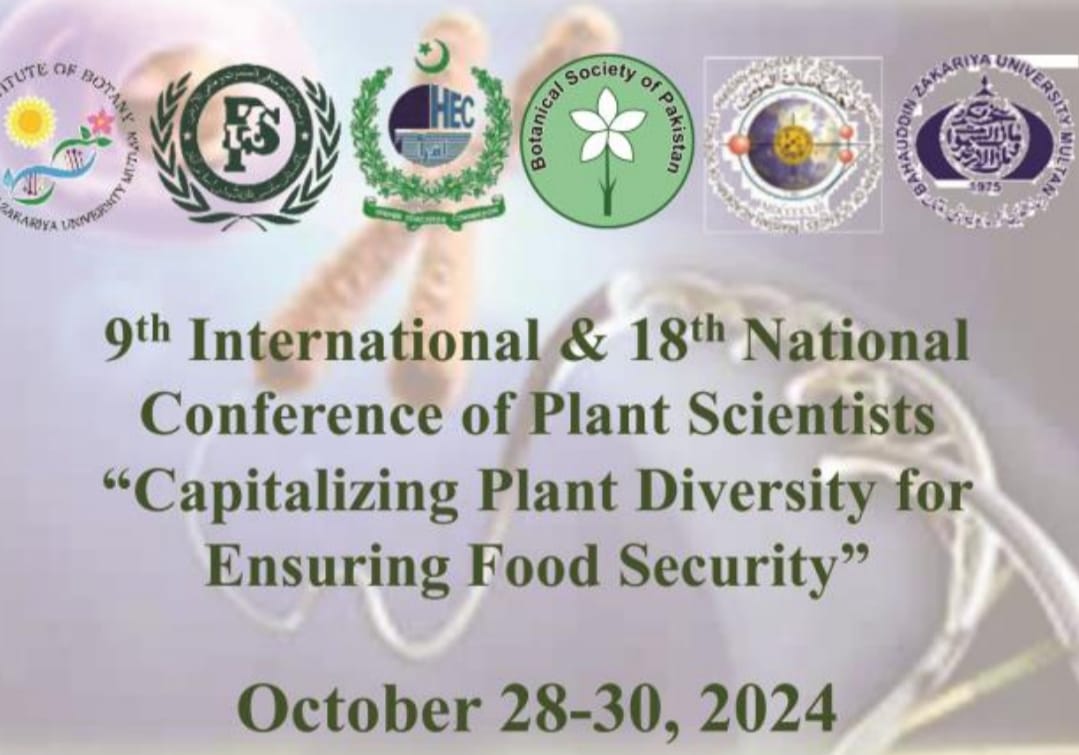
PJB-2025-275
Ecophysiological Responses of Atriplex graccilus to Temperature During Germination and Seedling Growth
Faisal Mushtaq
Abstract
Knowledge on the ecophysiological changes of invasive plant species due to the changes in temperatures is imperative to make predictions of their future extent or spread particularly in arid and semi-arid areas. The paper examines the effect of temperature on germination and seedling growth of an invasive halophyte, the Atriplex graccilus in controlled conditions. The effects of 6 steady temperature conditions (20 45 C) were investigated boldly to examine seed germination, seedling vigor, growth and stress physiology in seeds. Percent germination, mean germination and the vigor index was maximum at 30 o C and minimum (germination) and above (35 o C) temperatures reduced germination. Shoot and root growth as well as biomass accumulation was also optimum at 30 oC. The levels of physiological indicators of stress namely electrolyte leakage, malondialdehyde (MDA), and the activity level of antioxidative enzymes were significantly higher at temperatures greater than or equal to 35 o C, which indicated the occurrence of oxidative stress. One conspicuous observation was that A. graccilus had nonexhausted adaptive potential to moderate temperatures, but extremely high temperatures (>=40 o C) led to lethal growth retardation and peroxidation of the cell membrane. Such findings have indicated that A. graccilus can survive in moderately warm conditions and this could promote its invasion in regions that experience climate change. The study highlights this potential of the species as both an invader and a source of rehabilitation and fodder consumption and offers key credence of how it may be handled in future climatic conditions.
To Cite this article:


